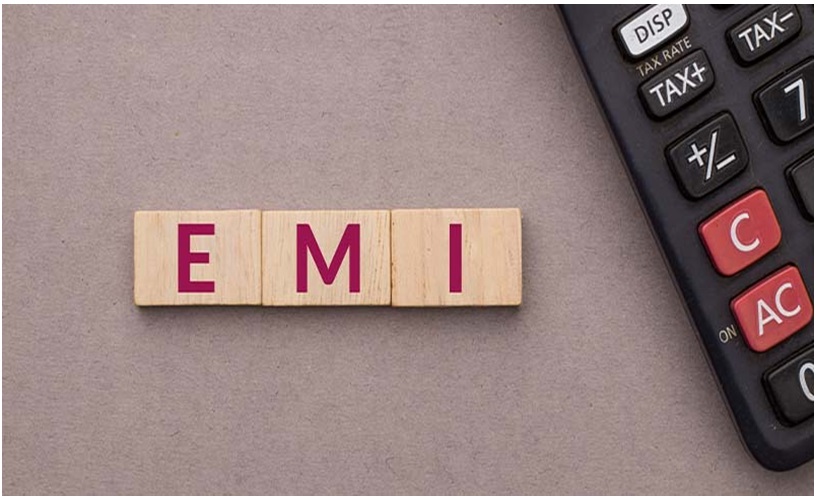When emergencies arise, quick access to cash can make all the difference. People often turn to rapid financing solutions when unexpected expenses pop up—whether it’s for medical bills, car repairs, or last-minute travel. With so many options available, it’s crucial to understand which ones best suit your needs.
In this guide, we will compare quick loans with other fast financing methods like payday loans, personal loans, and credit cards. By the end, you’ll have a clearer picture of the pros and cons of each and know which one might be the best fit for your financial situation.
What Are Quick Loans?
Quick loans are short-term financing solutions that offer fast cash, typically within hours or a day. Many financial institutions and online lenders provide these loans, often without the lengthy paperwork and approval process required by traditional loans. Quick loans are popular for their speed, but they usually come with higher interest rates than other credit forms.
Payday Loans: A Close Competitor
One of the most well-known rapid financing options is the payday loan. Much like quick loans, payday loans promise fast cash, usually within 24 hours. However, payday loans are designed to be paid back by your next paycheck, which typically means a repayment period of just two to four weeks.
Key Differences:
- Loan Amount: Payday loans usually offer smaller sums, often up to £500 or £1,000, depending on your income.
- Interest Rates: Payday loans often have very high interest rates, sometimes reaching 400% APR or higher.
- Repayment Terms: These loans must be repaid in full by your next payday, which can be stressful if you’re tight on cash.
Personal Loans: A Slower But More Flexible Option
Personal loans offer a more traditional alternative to quick loans. These loans are typically unsecured, meaning you don’t need collateral to borrow. While they don’t provide cash as quickly as quick or payday loans, personal loans usually come with much lower interest rates.
Key Differences:
- Approval Time: Personal loans take a few days to be approved, making them less ideal for immediate cash needs.
- Loan Amount: Personal loans usually allow you to borrow larger sums—up to £50,000 or more.
- Interest Rates: Personal loan interest rates are often much lower, ranging from 5% to 30%, depending on your credit score.
- Repayment Period: The repayment period is much more extended, usually ranging from one to seven years.
Credit Cards: Convenience at a Cost
Credit cards are another popular quick financing option. They allow you to spend money immediately, up to a set credit limit. While credit cards can offer a flexible and convenient way to manage cash flow, but they also come with potential drawbacks, especially when used for emergencies.
Key Differences:
- Availability: You can spend immediately with a credit card, but you’ll need to set up an account.
- Interest Rates: Interest rates on credit cards are generally higher than those on personal loans but lower than those on payday loans, often around 15-30%.
- Revolving Credit: Unlike quick loans or personal loans, credit cards offer revolving credit, meaning you can continue to borrow as long as you stay under your credit limit.
- Minimum Payments: Credit cards only require minimum monthly payments, but interest charges can quickly accumulate if you don’t pay off the balance.
Instant Line of Credit: Flexibility with Access to Funds
Another option is an instant line of credit offered by banks and some online lenders. This type of financing gives you access to funds as needed, similar to a credit card, but often with better interest rates. You only pay interest on the amount you use.
Key Differences:
- Credit Limit: A line of credit provides a borrowing limit, but you don’t have to take out the full amount at once.
- Interest Rates: Interest rates are usually lower than credit card rates but can vary depending on your creditworthiness.
- Flexible Payments: You can borrow, repay, and borrow again without reapplying for a new loan each time.
Comparing Costs: Interest and Fees
It’s crucial to look beyond just the loan amounts and approval times. The total cost of borrowing is often the deciding factor. Here’s a quick comparison:
- Quick Loans typically have high interest rates, ranging from 20% to 100% or more, depending on the lender. Fees for late payments or loan extensions can also add up quickly.
- Payday Loans: Payday loans are known for their extremely high APRs, often over 300%, which can lead to a cycle of debt if not managed carefully.
- Personal Loans: With much lower interest rates, personal loans are the most affordable option over time, though they require more time for approval.
- Credit Cards: If you pay off your balance in full each month, you avoid interest. However, carrying a balance can lead to costly interest charges over time.
- Lines of Credit: Interest rates can be competitive, especially compared to payday or quick loans, and fees tend to be lower.
Ease of Qualification: Credit Scores Matter
Different rapid financing options come with varying qualification requirements. Here’s how they stack up:
- Quick Loans: Lenders may approve quick loans even if your credit isn’t perfect, but you’ll pay higher interest as a result.
- Payday Loans: These loans typically don’t require a credit check, but they have high fees.
- Personal Loans: Approval often hinges on having a good credit score. If your credit could be better, you may be able to qualify.
- Credit Cards: Your credit score significantly affects your credit card interest rate and credit limit.
- Lines of Credit: Like personal loans, instant lines of credit require a good credit score, though some lenders offer options for those with lower scores at higher rates.
Pros and Cons of Each Option
Quick Loans:
- Pros: Fast approval, minimal paperwork.
- Cons: High interest rates and short repayment periods.
Payday Loans:
- Pros: Easy to qualify, speedy cash.
- Cons: Extremely high interest, short-term repayment.
Personal Loans:
- Pros: Lower interest rates and longer repayment periods.
- Cons: Slower approval, strict credit requirements.
Credit Cards:
- Pros: Immediate access to funds and flexible payments.
- Cons: High interest if balances aren’t paid in full.
Lines of Credit:
- Pros: Flexible borrowing, only pay for what you use.
- Cons: Requires good credit variable interest rates.
Conclusion
Choosing the right rapid financing option depends on your financial needs and situation. If you need cash immediately and have limited credit options, a quick loan or payday loan may be your best bet—but be prepared for higher costs. Personal loans and lines of credit offer better terms for those who can wait a few days for approval.
Understanding the trade-offs of each option will help you make informed decisions, ensuring you can cover your immediate needs without adding long-term financial stress.











